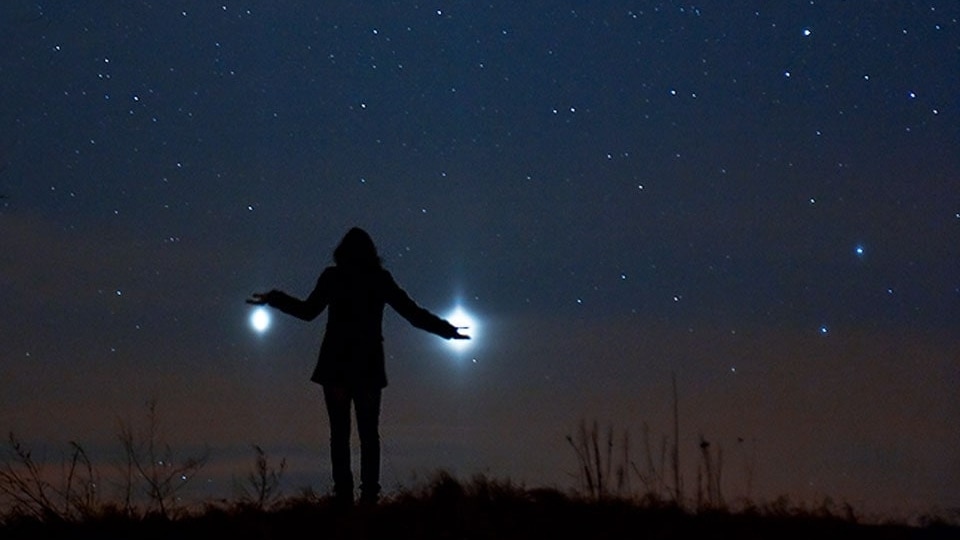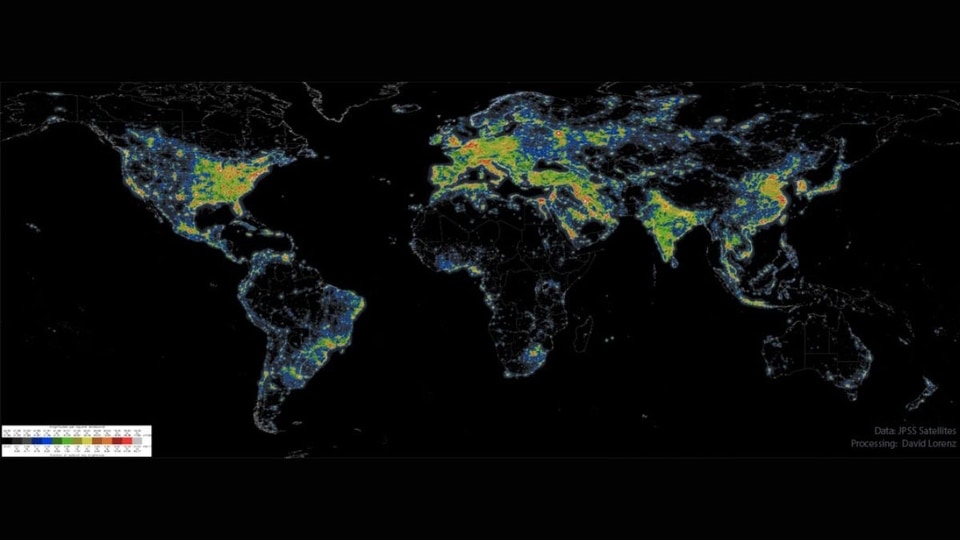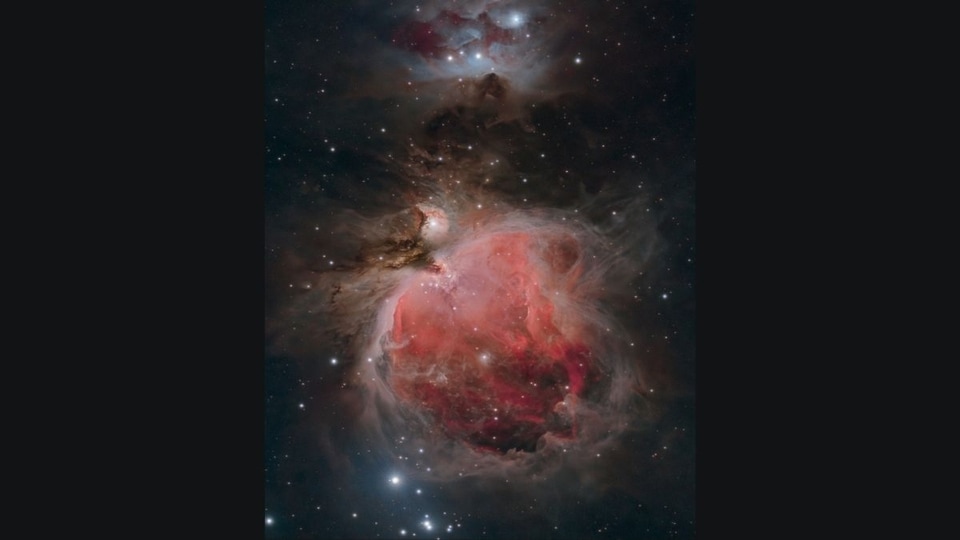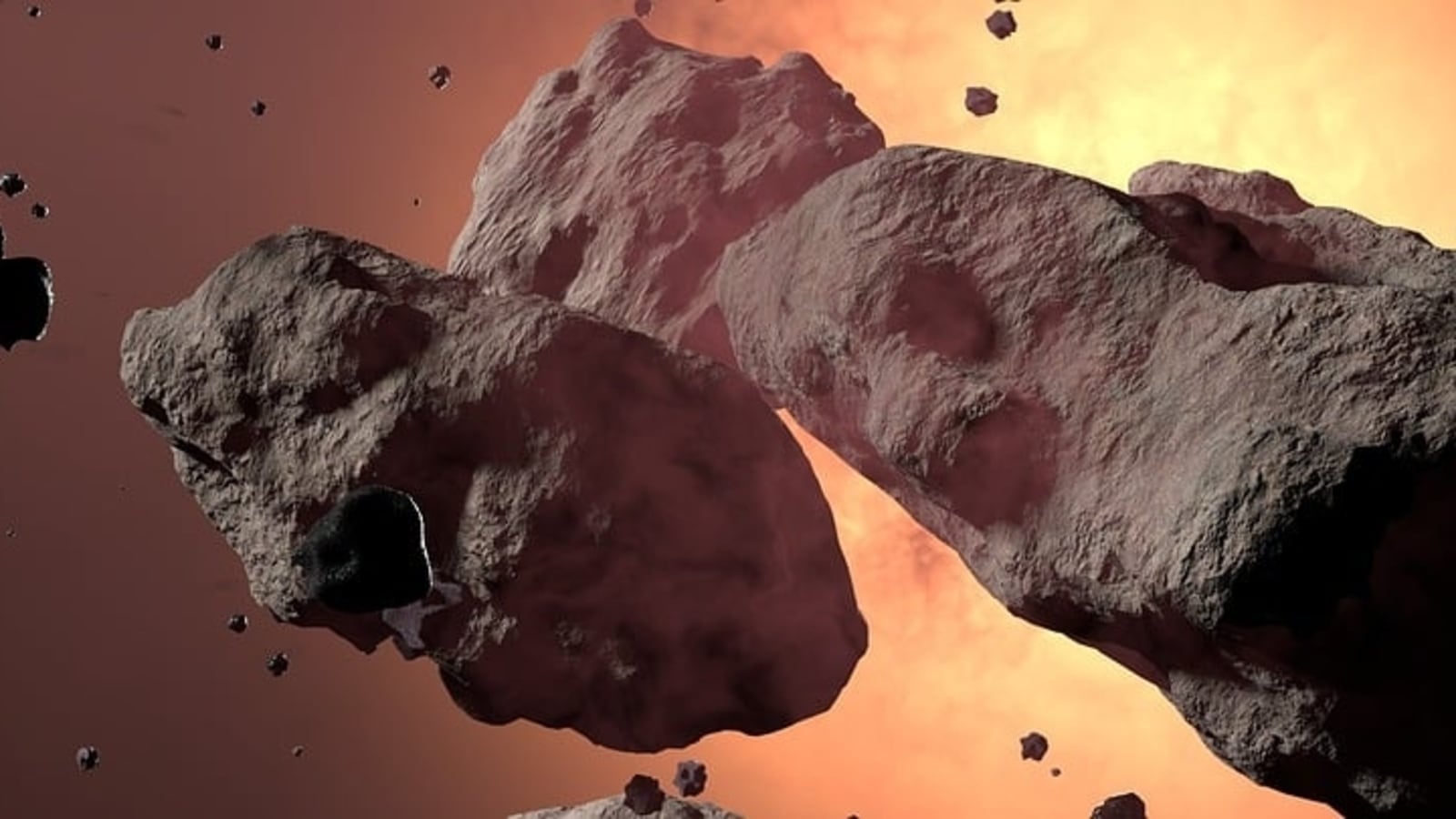Look out! Skyscraper-sized asteroid to make Earth approach soon
NASA predicts a close approach of the 450 feet wide Asteroid 2018 UQ1 soon. Know its speed, distance and trajectory, as per the space agency.






 View all Images
View all ImagesAsteroids frequently come near Earth, but they don't usually pose any danger since they pass the planet at a safe distance. Shockingly, astronomers have spotted three near-Earth asteroids (NEA) hiding in the glare of the Sun. One of the asteroids is the largest object that is potentially hazardous to Earth to be discovered in the last eight years. This is a notoriously challenging region for observations because asteroid hunters must contend with the glare of the Sun.
NASA has also warned that one potentially hazardous asteroid is on its way towards Earth and it will pass by the planet very closely soon!
Asteroid 2018 UQ1 information
NASA's Planetary Defense Coordination Office has warned that the asteroid, named Asteroid 2018 UQ1, will make its closest approach to Earth tomorrow, March 17, at a distance of 4.1 million kilometers. What's concerning about this asteroid is its monstrous size. With a width of nearly 450 feet, Asteroid 2018 UQ1 has a similar size to that of a whole building!
The asteroid is already travelling towards Earth, at a blistering speed of 42037 kilometers per hour. According to NASA, it belongs to the Apollo group of asteroids, which are a group of Near-Earth asteroids named after the humongous 1862 Apollo asteroid, discovered by German astronomer Karl Reinmuth in the 1930s.
Asteroid impact in Canada
Amid all the close asteroid flybys, NASA has revealed that an asteroid struck the Earth in November last year! NASA keeps a watch on these asteroids by studying data collected by various space and ground-based telescopes and observatories such as the Pan-STARRS, the Catalina Sky Survey and the NEOWISE telescope. However, this asteroid was seemingly missed by all of them and was discovered just hours before impact!
NASA has revealed that a tiny asteroid lit up the sky as it flew over Southern Ontario, Canada on Saturday, November 19. What's shocking is that this 3-foot asteroid was detected just 3.5 hours before impact! According to NASA, the asteroid is likely to have burned up upon entering the planet's atmosphere and scattered small meteorites over the southern coastline of Lake Ontario.
Catch all the Latest Tech News, Mobile News, Laptop News, Gaming news, Wearables News , How To News, also keep up with us on Whatsapp channel,Twitter, Facebook, Google News, and Instagram. For our latest videos, subscribe to our YouTube channel.





























